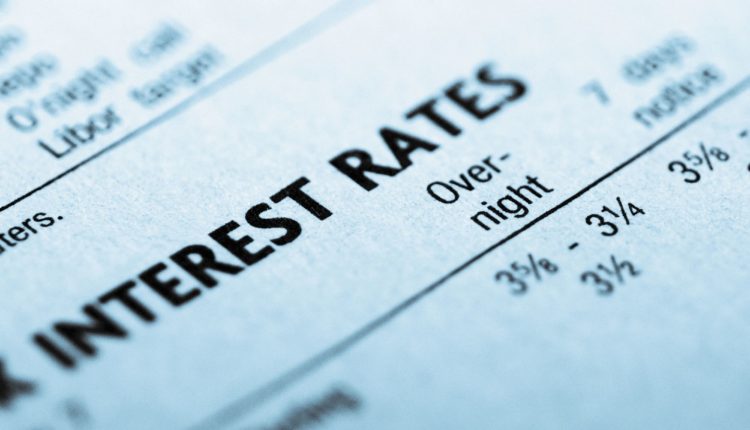The recent hike in the monetary policy rate by 250 basis points to 17% by the Monetary Policy Committee (MPC) of the Bank of Ghana (BoG), will inevitably lead to an upward adjustment in average lending rates to businesses and individuals.
The Monetary Policy Rate, which is of keen interest to businesses, signals the rate at which the Central Bank will lend to commercial banks.
It also subsequently influences average lending rates on loans to individuals and businesses.
The key rate, at the start of this administration in 2017 hovered around 25.5%.
This also fed into the average lending rate, which was above 30% around that time. Gradually, the Central Bank implemented consistent cuts in the policy rate, which led to its downward trajectory.
From the highs of 25.5% in January 2017, the policy rate dropped to 20% in January 2018; to 16% in January 2019 and January 2020; to 14.5% in January 2021 and all the way to 13.5% in June 2021, before being raised by a 100 basis points to 14.5% in November 2021.
The trajectory in the average lending rate has generally matched that of the policy rate.
Between January 2017 and January 2022, the policy rate dropped by about 43% from 25.5% to 14.5%.
The average lending rate on the other hand has dropped by about 37% from 31.8% to 20.16% within the same period.
Following the recent hike in the policy rate to 17%, Banking Consultant Nana Otuo Acheampong told Citi Business News, that an increase in interest rates is inevitable.
“I’m afraid that in a free market economy, nobody can put systems in place to stop market players from doing what they have to do. So, yes, we have spoken about how the transmission rate works when the rate is moving northwards but becomes slow when the rate is moving southwards. That trend wouldn’t change. So we should expect an increase in rates.”
Source: Citi Business News


Comments are closed.